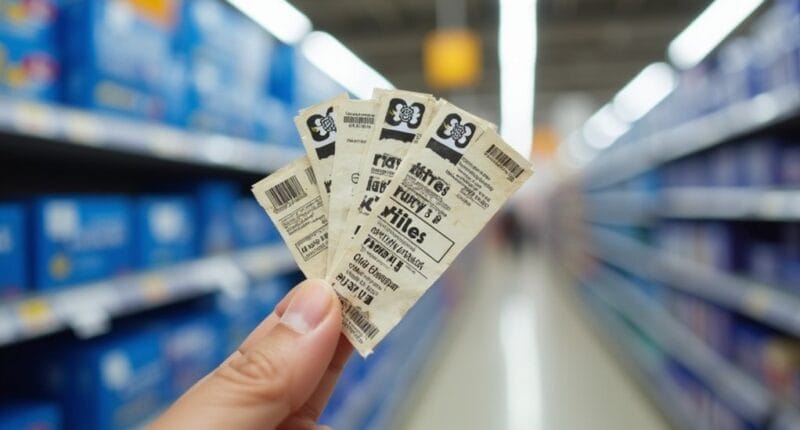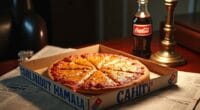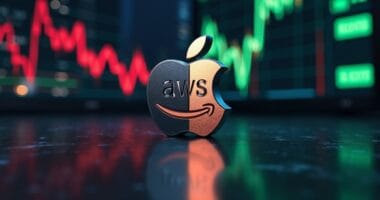Walmart CFO John David Rainey is playing a high-stakes game of retail chess. With new tariffs looming, he’s engineering price hikes on everyday items like bananas and coffee for late 2025. The retail giant’s shifting to “RIM accounting” to handle messy inventory math while juggling a booming e-commerce business. Despite the chaos, Walmart’s determined to stay cheaper than competitors. The real question? How shoppers will stomach paying more for their beloved bargains.

Storm clouds are gathering over Walmart’s pricing strategy. The retail giant’s CFO John David Rainey just dropped a bombshell: price hikes are coming as early as late May 2025, thanks to a mess of new tariffs. And this isn’t your typical corporate hand-wringing – we’re talking about bananas, coffee, and yes, even those Mother’s Day roses you forgot to buy.
The situation’s bad enough that Walmart’s bean counters are sweating over something called “RIM accounting” – a fancy way of saying their inventory math is about to get real complicated. Turns out, when tariffs go up faster than a cat chasing a laser pointer, even the biggest retailer in the world has to scramble. The company’s use of retail inventory management has become crucial for tracking costs during these uncertain times. Their e-commerce sales jumped 21% in the U.S., marking a milestone first profitable quarter for their digital business.
Even Walmart’s number crunchers are struggling to keep up as tariffs throw their inventory calculations into chaos.
Walmart’s trying to play it cool, promising to “play offense” and keep prices lower than competitors. But here’s the thing: they’re quietly cutting back on orders, especially for stuff they think might collect dust once prices spike. It’s like a high-stakes game of retail chicken – nobody wants to get stuck with expensive inventory nobody’s buying.
The company’s scratching its head over how shoppers will react. Sure, Americans have been surprisingly chill about inflation lately, but there’s a limit to everything. Even Walmart’s crystal ball is cloudy when it comes to predicting whether folks will still shell out extra cash for their morning coffee.
And then there’s the competition angle. Walmart’s determined to keep its reputation as the low-price leader, even if it means eating some costs. They’re especially protective about food prices, which makes sense – nobody wants to be known as the store that made groceries unaffordable.
The whole mess is giving Rainey and his team headaches, especially with seasonal planning. How do you order for back-to-school when you’re not sure which tariff numbers to use? It’s like trying to plan a picnic while watching storm clouds roll in. Sometimes, being the biggest retailer around just means having the biggest problems.





